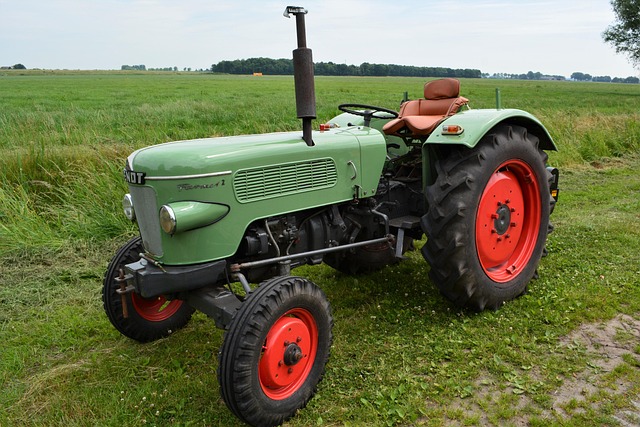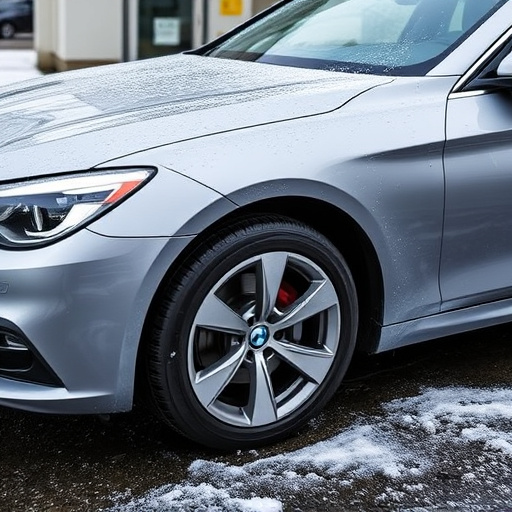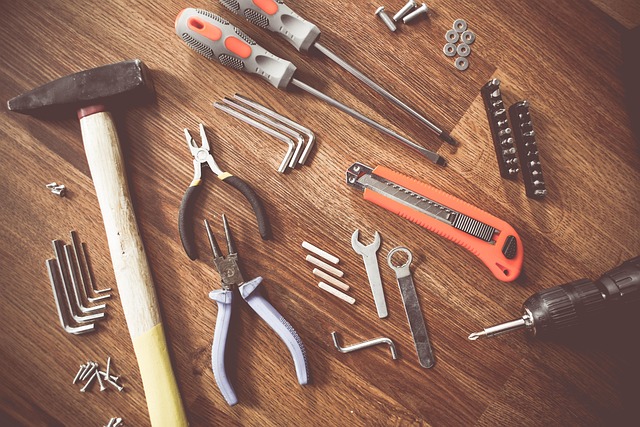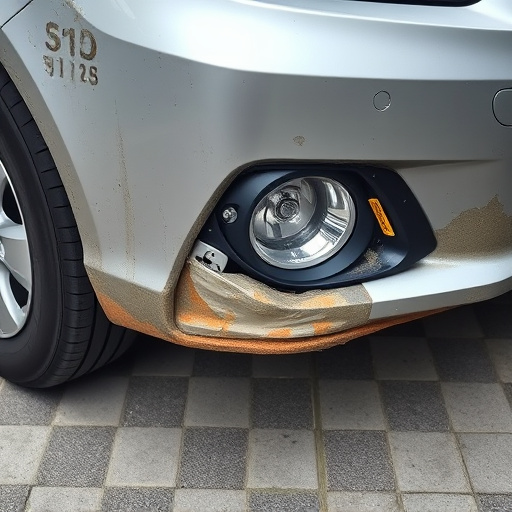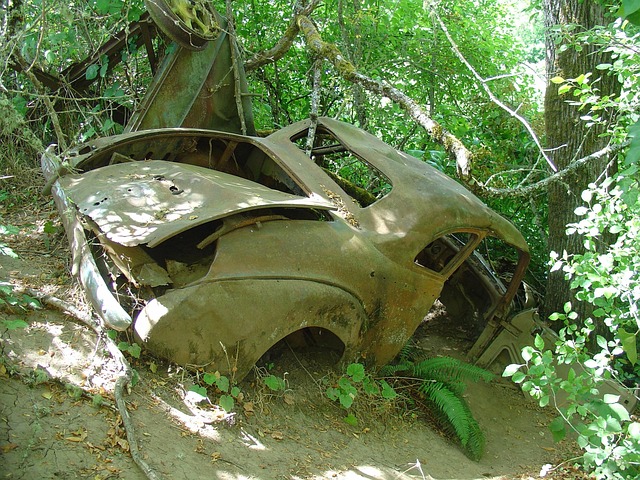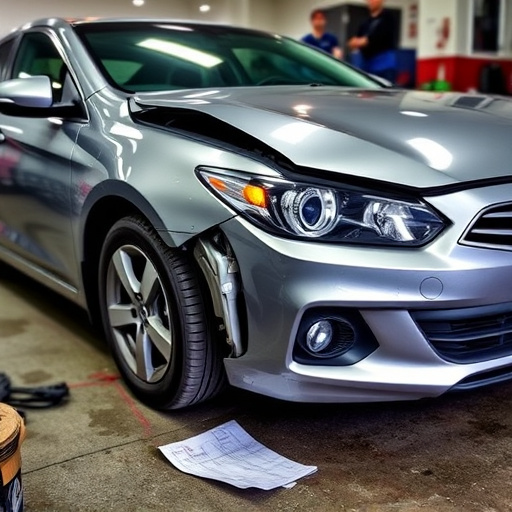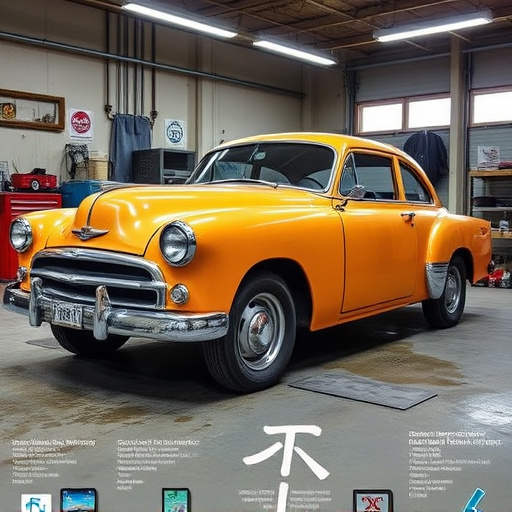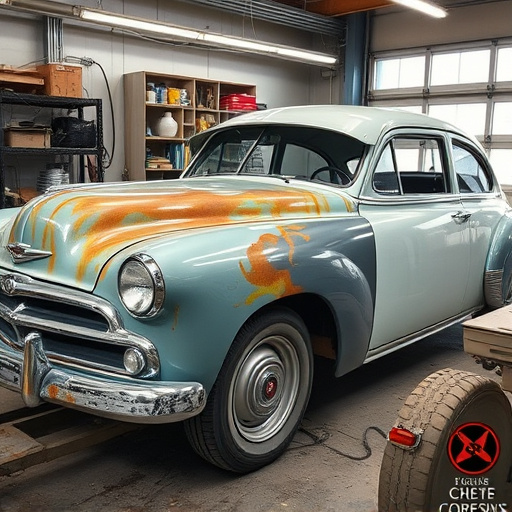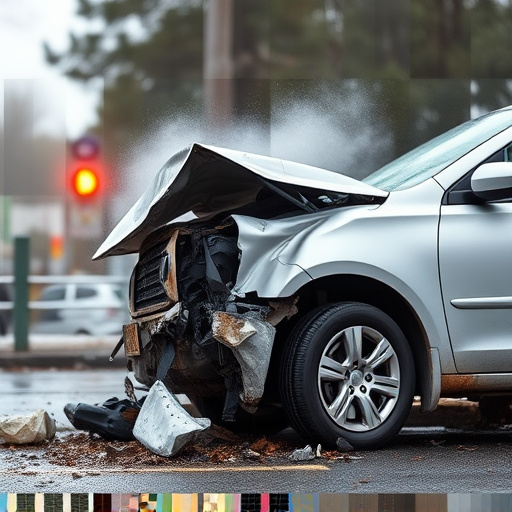SUV crash repair requires a specialized approach due to these vehicles' robust frames, off-road capabilities, and complex designs. Skilled technicians must understand dynamics like crumple zones and safety systems to accurately replace or reshape damaged areas without compromising structural integrity. A thorough assessment using advanced tools identifies weaknesses and discrepancies, followed by disassembly for precision repairs using techniques such as welding, painting, and panel replacement. Modern technologies like laser scanning and 3D measurement systems, coupled with SUVs' built-in safety features, enhance repair efficiency and accuracy, ensuring structural integrity and restoring components to factory specifications.
In the event of a collision, SUVs present unique challenges due to their size and complex design. Understanding the key elements of SUV crash repair is crucial for both safety and vehicle restoration. This article breaks down the essentials, from comprehending SUV crash dynamics and identifying strengths/weaknesses to a step-by-step guide on repair processes. We also explore advanced technologies enhancing modern SUV crash repairs, ensuring both effective restoration and enhanced driver protection.
- Understanding SUV Crash Dynamics: Know Your Vehicle's Strengths and Weaknesses
- Essential Steps in SUV Crash Repair: A Comprehensive Guide to Restoration
- Advanced Technologies and Techniques for Modern SUV Crash Repairs
Understanding SUV Crash Dynamics: Know Your Vehicle's Strengths and Weaknesses

When it comes to SUV crash repair, understanding the unique dynamics of these vehicles is crucial. SUVs are designed with a focus on passenger safety and off-road capability, featuring robust frames and specialized components. However, their bulk and complex design also present specific challenges during repair. For instance, the crumple zones that absorb impact energy can be intricate, requiring skilled technicians to replace or reshape them accurately without compromising structural integrity.
Knowing your SUV’s strengths and weaknesses is key to efficient crash repair. Different models have varying levels of protection and design intricacies. Some may have more advanced safety systems and better-designed body panels, making car paint repair and vehicle dent repair processes more straightforward. Identifying these factors allows for tailored approaches, ensuring that the SUV not only looks like new but also retains its structural integrity and safety ratings after the crash.
Essential Steps in SUV Crash Repair: A Comprehensive Guide to Restoration
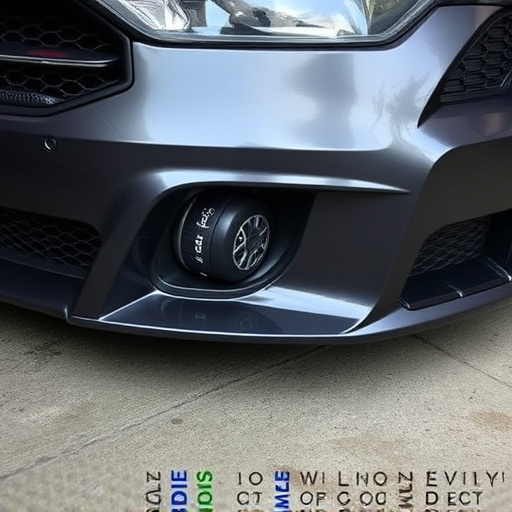
When it comes to SUV crash repair, a comprehensive guide should start with an assessment. The first step is to thoroughly inspect the vehicle for damage, considering both visible and hidden impacts. This involves detailed examinations of the exterior panels, frame, and interior components to accurately determine the extent of repairs required. An experienced technician will use advanced tools to identify any structural weaknesses or discrepancies in alignment, ensuring a solid foundation for subsequent restoration work.
Once the assessment is complete, the next crucial step is disassembly and separation. This meticulous process involves carefully removing damaged parts while preserving intact components. It allows technicians at a reputable collision repair shop to access hard-to-reach areas and perform precision repairs. After disassembly, specialized techniques like welding, painting, and panel replacement are employed to restore the SUV to its pre-collision condition, ensuring safety and aesthetics without compromising on quality or functionality through expert body shop services.
Advanced Technologies and Techniques for Modern SUV Crash Repairs

In today’s digital era, SUV crash repair has evolved significantly with advanced technologies and techniques that have revolutionized the landscape of auto bodywork. Modern SUVs come equipped with sophisticated safety features like airbags, crumple zones, and collision avoidance systems, which play a pivotal role in mitigating damage during accidents. Collision repair services now leverage cutting-edge tools such as laser scanning and 3D measurement systems to ensure precise measurements and seamless repairs, preserving the structural integrity of these robust vehicles.
These advancements enable collision repair specialists to handle complex SUV crash repairs with enhanced efficiency and accuracy. Laser scanning technology, for instance, allows technicians to capture detailed digital images of damaged parts, facilitating a deeper understanding of the vehicle’s intricate design. This level of precision is crucial when restoring components like fenders, bumpers, and doors to their original factory specifications, ensuring that each SUV returns to the road in peak condition after a collision repair service.
When it comes to SUV crash repair, understanding your vehicle’s unique dynamics and employing modern technologies are key to a successful restoration. By familiarizing yourself with your SUV’s strengths and weaknesses, along with advanced repair techniques, you can ensure a safe and effective repair process. Remember, proper knowledge and the latest tools are essential for restoring your SUV to its pre-accident condition.

